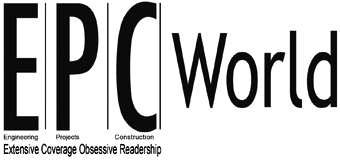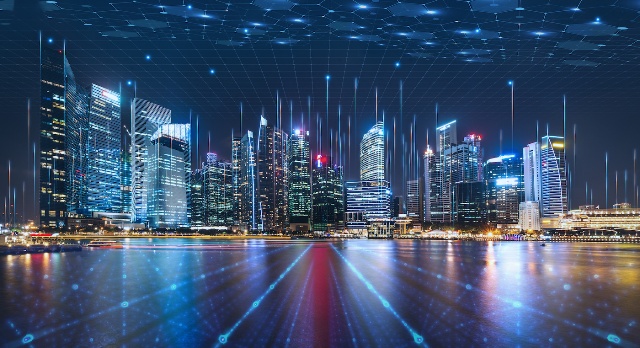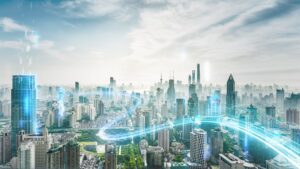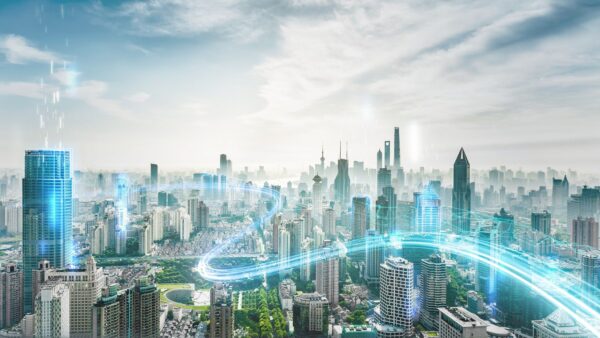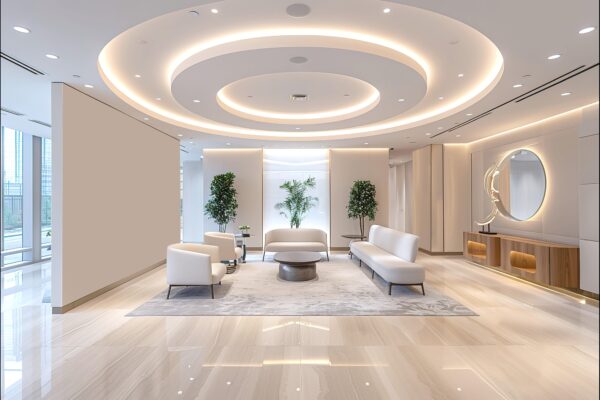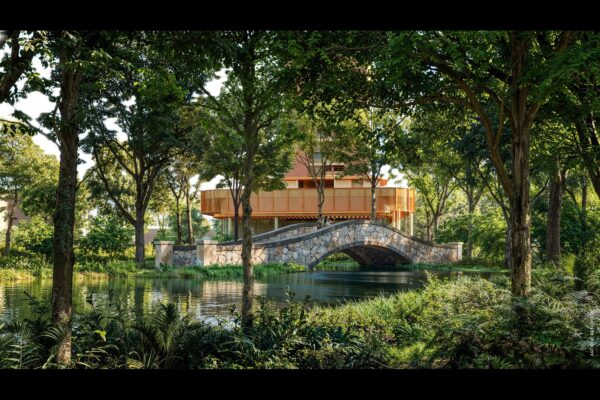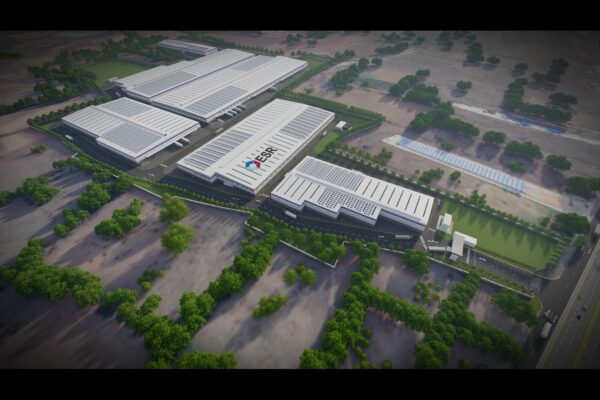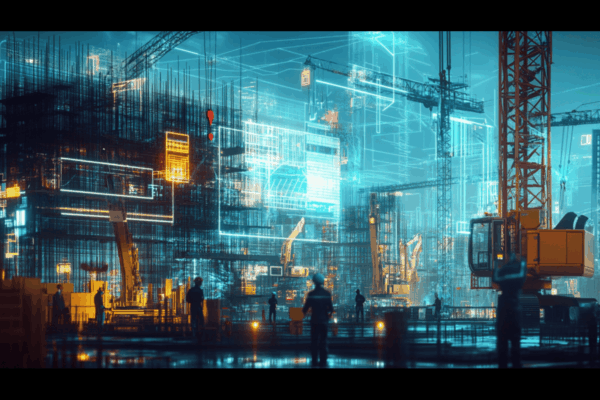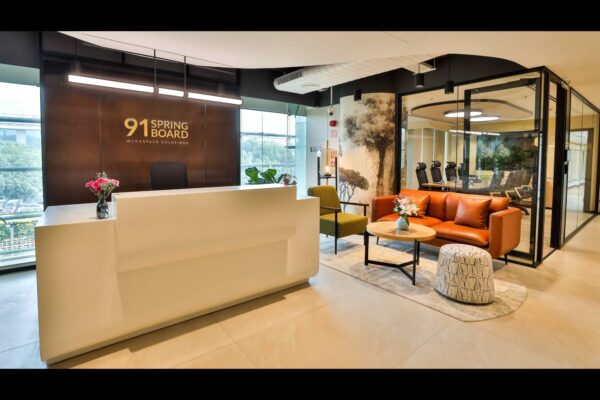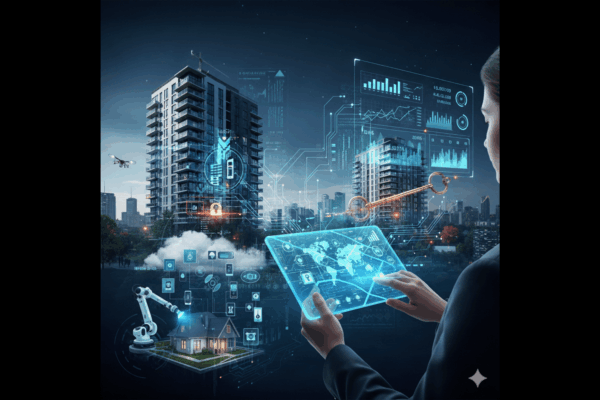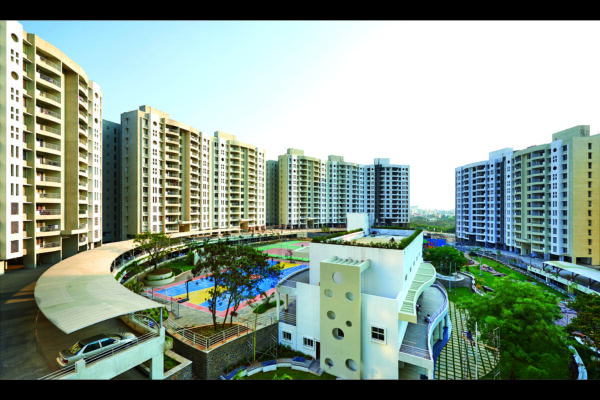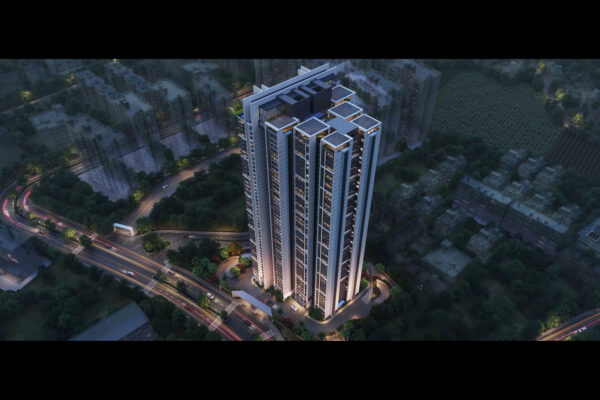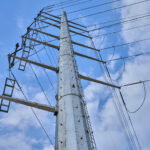The role of digital infrastructure in achieving smart, sustainable commercial properties
by Gaurav Sareen, Senior VP – IoT, iBUS Network & Infrastructure
Have you ever wondered what keeps a building alive, dynamic, and future-ready? In an era where innovation permeates every corner of our lives, the answer lies in the convergence of technology and sustainability. This is delivered seamlessly through digital infrastructure.
As commercial properties evolve to meet the demands of modern occupants and environmental imperatives, digital infrastructure emerges as a cornerstone for achieving smart and sustainable spaces. By uniting once-disconnected systems, developers and operators are able to deliver efficient, healthy and sustainable buildings.
Building lifecycle services
Gone are the days when hardware systems operated in silos. Modern commercial buildings now demand Building Lifecycle Services (BLS), where sensors, connectivity, and cloud technologies seamlessly integrate to provide end-to-end solutions for monitoring, managing, and maintaining critical equipment. With BLS, formerly distinct systems such as lighting, HVAC, safety, security, and utilities are brought together through a centralized digital backbone. This integration not only automates repetitive tasks and streamlines workflows but also enables continuous equipment monitoring, enhancing operational efficiency and driving sustainability gains.
Through this unified approach, BLS significantly enhances the occupant experience by creating tailored environments with real-time control. For instance, by aggregating data from advanced metering infrastructure (AMI) and automation systems, building operators can identify energy conservation measures and implement condition-based upgrades to equipment nearing the end of its lifecycle. This proactive strategy ensures that buildings remain energy-efficient, fully operational, and aligned with sustainability goals.
Building digital twins
The advent of Building Digital Twin technology is transforming the commercial real estate landscape by addressing one of its biggest challenges: siloed digitization. Borrowing its origins from industrial applications, Digital Twin integrates diverse systems such as Building Management Systems (BMS), IoT sensors, energy monitoring tools, and external datasets into a comprehensive lifecycle perspective. This holistic view enables building owners to optimize performance, improve sustainability, and personalize the occupant experience.
By consolidating data streams, Digital Twins allow predictive maintenance, where potential failures are addressed before they escalate, and lifecycle optimization, which extends the lifespan of critical assets. Additionally, occupancy data can be used to dynamically adapt environments, enhancing comfort and efficiency. As smart buildings advance through various stages of digitization, starting with control systems and culminating in IoT-enabled platforms—the Digital Twin stands as the ultimate milestone in achieving a fully integrated digital future. This capability not only empowers building owners with operational insights but also redefines tenant satisfaction and environmental stewardship.
Decarbonisation through Data-Driven decisions
In the race to combat climate change, commercial real estate is taking center stage in decarbonization efforts. However, one of the biggest hurdles lies in the lack of accurate, real-time asset-level data, which is critical for effective decision-making. Digital infrastructure, particularly platforms like i-BOS (Integrated Building Operating System), is bridging this gap by enabling real-time data aggregation and analysis. With technologies like these, building operators can address inefficiencies, implement targeted upgrades, and maintain compliance with green building standards.
The advantages of this data-driven approach extend beyond operational efficiency. Condition-based maintenance ensures that aging equipment is replaced with sustainable alternatives, while accurate, granular data simplifies ESG (Environmental, Social, and Governance) reporting requirements. Beyond compliance, energy-efficient properties command higher rents, attract premium tenants, and gain a competitive edge in the market. Decarbonization, therefore, is not just an environmental responsibility but also a strategic financial opportunity for real estate owners.
Partaking in a penultimate perception
The path to smart, sustainable commercial properties is no longer paved solely by concrete and steel. It’s built on the foundation of scalable, intelligent digital infrastructure that harmonizes technology, sustainability, and occupant needs.
By adopting innovations like Building Lifecycle Services, Digital Twins, and data-driven decarbonization solutions, developers and operators are crafting properties that are not just technologically advanced but also environmentally responsible and future-proof.The real question is no longer “should we invest in digital infrastructure?” but “how soon can we?” Because in the race to create spaces that thrive in tomorrow’s world, those who innovate today will lead the way.
